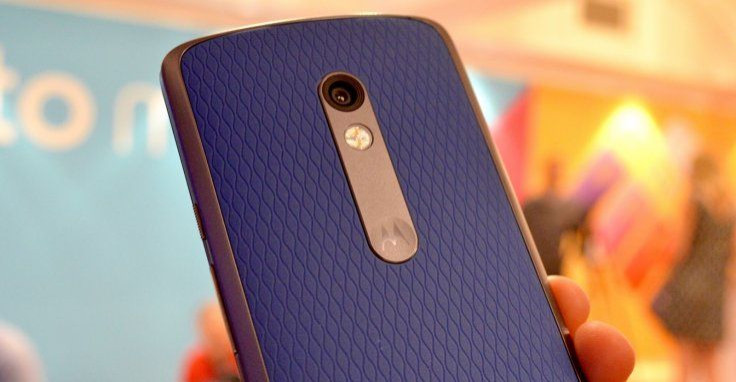Motorola's Fabled Name Will Disappear From Smartphones In 2016

LAS VEGAS — More than 40 years after the company built the first mobile phone, Motorola's name will disappear from the smartphone market after Lenovo announced plans to merge its two smartphone brands. All smartphones produced by the Chinese giant will now bear the Lenovo name though the Moto brand will continue to be used for the company's premium smartphone range. "We'll slowly phase out Motorola and focus on Moto," Motorola Chief Operating Officer Rick Osterloh told CNET during the Consumer Electronics Show (CES).
Lenovo's purchase of Motorola in 2014 was seen as a way to help the Chinese company expand its smartphone business in more developed markets where the Lenovo brand doesn't hold much sway — in smartphones at least. As part of the elimination of the Motorola name, all the company's smartphone operations will be Osterloh's responsibility, and the move will see the company's Vibe smartphone range launched in markets where they currently are not available.
Lenovo bought Mototrola Mobility from Google in 2014 for approximately $2.9 billion, just three years after the search giant bought the company for $12.5 billion. The company, which was founded in Chicago in 1928, was the first to produce a wireless phone, with the company's Martin Cooper making the first public phone call from a wirelss device in 1973.
Motorola brought the first mobile phone to market in 1983 — the DynaTAC — and has since been at the heart of the wireless business, though in recent years it has struggled to compete in the smartphone segment where companies like Apple and Samsung dominate.
At CES this week we have seen a number of other Chinese companies reveal plans to expand into the U.S. market more aggressively. Huawei, the world's third biggest smartphone company has announced its plan to launch its budget smartphone brand Honor in North America in 2016 while ZTE plans to build on its initial success by engaging more closely with its customers.
© Copyright IBTimes 2024. All rights reserved.






















